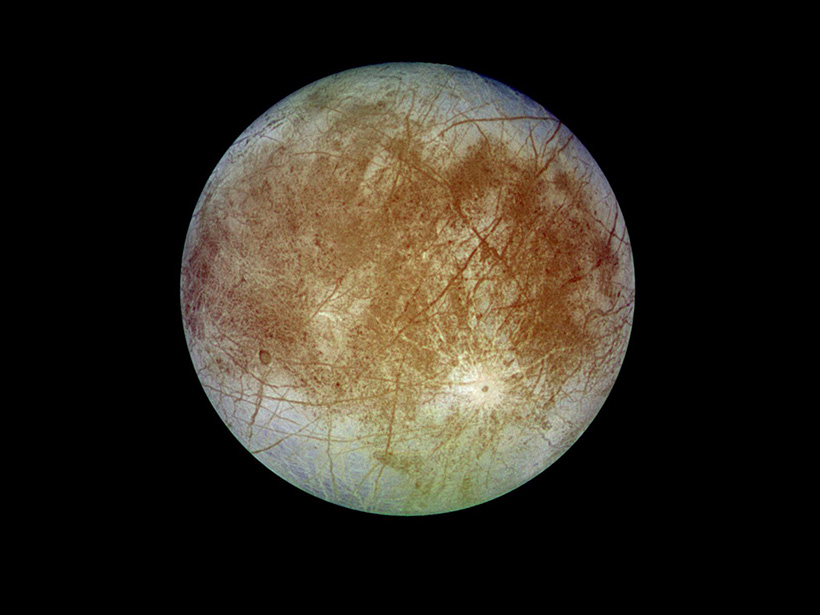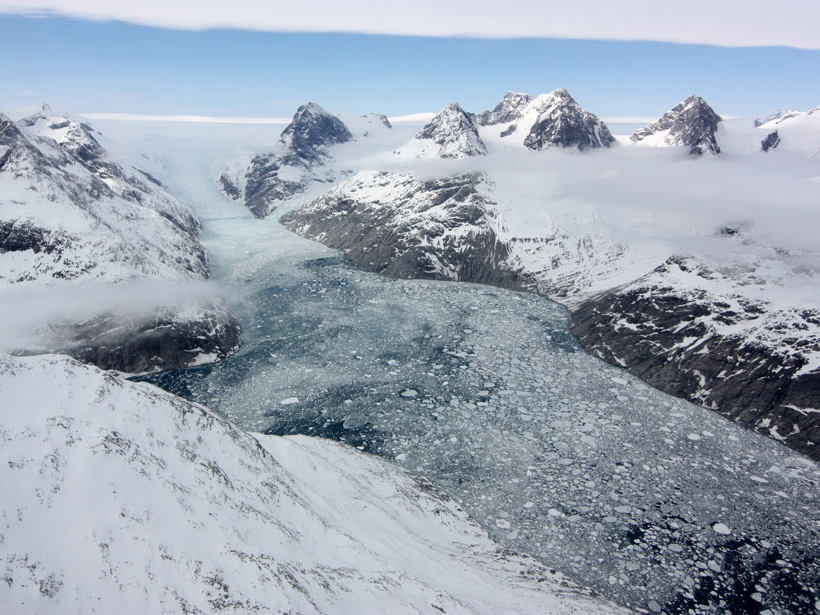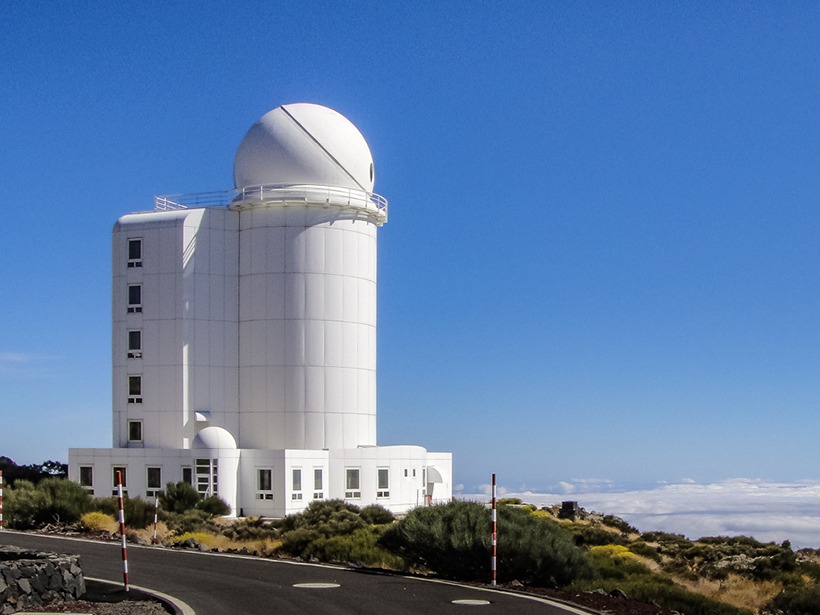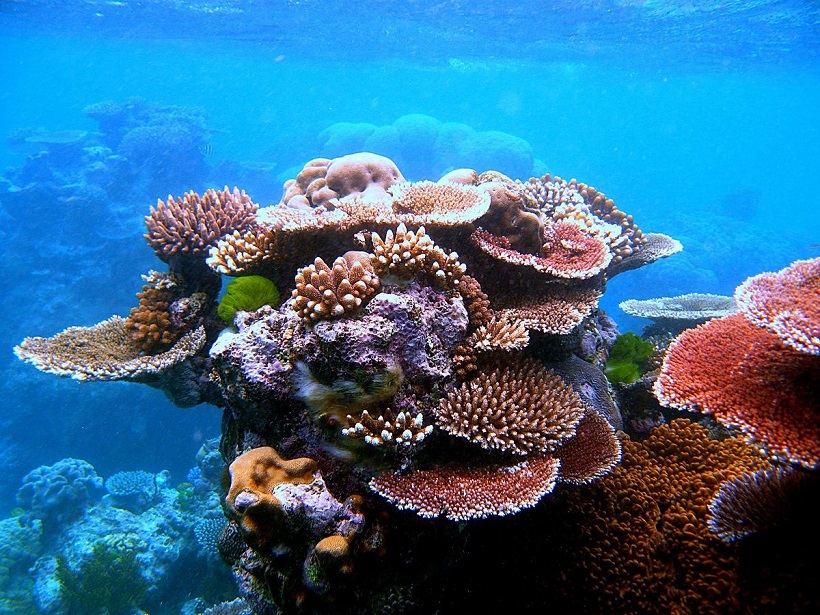Brine pools—hypersaline, low-oxygen waters deadly to many forms of ocean life—can experience waves hundreds of meters high when hit by a landslide, potentially overspilling their deep-sea basins.
salts & sodium
A Rock Guide to Fireworks
Before a firework was red, it was a strontium salt waiting for its moment.
Seeking Salt That Surfaces from Europa’s Hidden Ocean
Irradiation-induced color changes in sodium chloride could reveal whether it came from ocean water mixing with surface water, a key component of the moon’s potential to support life.
Reducing Errors in Satellite-Derived Arctic Sea Ice Thicknesses
Salty snow throws off satellite-based estimates of Arctic sea ice thickness by up to 25%. A new method seeks to fix that.
Satellites Accurately Capture Ocean Salinity in the Arctic
On-the-ground measurements are notoriously difficult in the harsh environment of the Arctic, but satellites could help close the gap in measuring sea surface salinity.
Ocean Dynamics May Drive North Atlantic Temperature Anomalies
A new analysis of sea surface temperature and salinity over several decades seeks to settle the debate on which of two mechanisms underlies the Atlantic Multidecadal Oscillation.
Observing Mercury’s Brilliant Flares from Earth
Researchers make the first short-term observation of sodium flares in Mercury’s exosphere.
Preventing Climate Change by Increasing Ocean Alkalinity
A recent paper in Reviews of Geophysics discussed increasing ocean alkalinity as an alternative method of carbon sequestration in response to climate change.
Salinity Monitoring Gives Insight into the Global Water Cycle
Salinity and Water Cycle over the Oceans: Recent Progress and Future Challenges; Hamburg, Germany, 12–15 October 2015
Electrical Concrete Offers Green Alternative to Airport Deicers
The Federal Aviation Administration is testing conductive concrete as a replacement for water-polluting chemicals used to melt ice from airport tarmacs.










